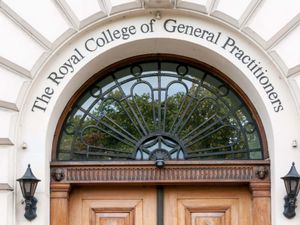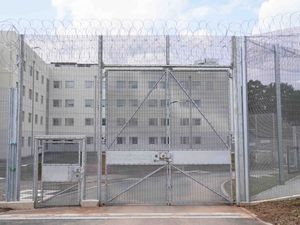Helicopter crash pilots ‘did not share understanding about airport approach’
AAIB inspector Alison Campbell has given evidence to an inquiry into a ditching off Shetland in 2013, in which four people died.

The pilot and co-pilot of a helicopter that ditched into the sea with the loss of four lives did not have a shared understanding of how they would fly the approach to an airport, a fatal accident inquiry has heard.
Air Accidents Investigations Branch (AAIB) inspector Alison Campbell said there appeared to be “no shared mental model” between the two men about how the last part of the flight was to be conducted.
Two crew and 12 passengers on the Super Puma L2 survived when it ditched on its approach to Sumburgh Airport, Shetland, at 6.17pm on August 23 2013.
But Sarah Darnley, 45, from Elgin, Moray, Gary McCrossan, 59, from Inverness, Duncan Munro, 46, from Bishop Auckland, County Durham, and George Allison, 57, from Winchester, Hampshire, all died in the incident.
Cross-examining Ms Campbell, Jonathan Lake QC, representing helicopter operator CHC, asked where there was a lack of shared understanding.
She replied: “I think there was a lack of understanding about how the approach was to be flown, what was to happen should they reach minima, who was to do what in terms of looking out or looking in and what the plan was for landing or go around.”
Ms Campbell said there was “no shared mental model” about parts of the approach and what was going to happen when they reached 300ft.
The inspector said the pilot was “very experienced” and it was reasonable to conclude he had a plan in his head for how he was going to carry out the approach but suggested the co-pilot might not have known what it was.
Sheriff principal Derek Pyle, who is hearing the inquiry, asked: “First of all the pilot has worked out what he is going to do and second what he expects the co-pilot to do during the flight?”
Ms Campbell replied: “I think that’s fair.
“When crew work really well together they share that expectation with each other, they both know what they are expecting of each other and I think that’s what was missing in this case and they didn’t share those expectations.”
Survivor Samuel Bull took his own life in London in 2017, which Mr Pyle said was “directly caused” by the crash.
The inquiry, which is taking place virtually due to coronavirus measures, also heard from Adrian Osborne, who was emergency safety equipment officer at CHC until he retired in April.
He said both the pilot and co-pilot were up to date with their training, including triannual underwater escape training, which involved escaping from a simulated ditching on water as well as an emergency escape from a helicopter underwater.
Mr Osborne said the training, provided by Falck, involved different scenarios including one when the aircraft was submerged and one cockpit window had jammed and they had to got out the one on the opposite side of the cockpit.
He said crew were not allowed to use their emergency breathing systems underwater in “inverted” exercises in training due to health and safety regulations and inverted operations were “breath hold only.”
Leigh Lawrie, representing the Crown, asked how realistic the underwater training is.
Mr Osborne replied: “It doesn’t have waves because Falck,they didn’t have that facility, but the last two runs they do will be one twilight and the very last one is in complete darkness though it’s not complete darkness because the divers have torches for the safety side of it.”
He said passengers were allowed to start using emergency breathing systems in training a couple of years ago on a voluntary basis.
The inquiry was also shown a simulation of the final nine minutes of the flight.
Jonathan Hopkinson, director of flight standards for CHC, cautioned that while simulations can be helpful in understanding incidents they do not show all the instruments the pilots are seeing and the pilots are faced with a lot more information.
Ms Lawrie said it shows “the last nine minutes and four seconds of the accident approach”.
A transcript of the final moments showed the commander said: “Wow what’s going on here wow wow wow oh no oh no no no no.”
An AAIB report published in 2016 found the pilots failed to properly monitor the flight instruments and failed to notice their speed was decreasing until it was too late to avoid the Super Puma plunging into the sea.
A statement of agreed evidence read at the start of the inquiry confirmed no mechanical fault was discovered with the helicopter, which was returning from the Borgsten Dolphin support vessel to Sumburgh Airport when it ditched.
The inquiry continues.





